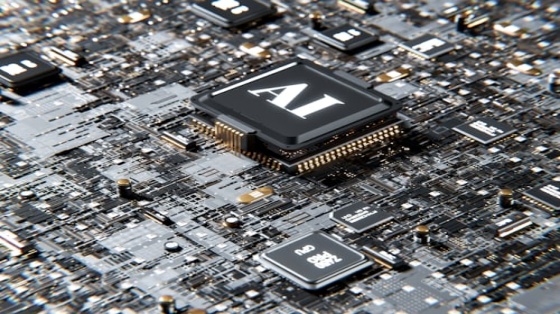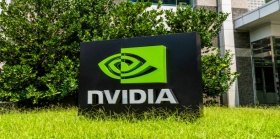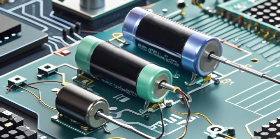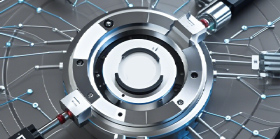Can Japanese semiconductors still turn round ?
The Japanese semiconductor industry is in a constant awkward phase.
Reality has not gone as smoothly as planned. In fiscal year 2023-2024, Japan has built seven new wafer plants, but as of April 2025, only three have actually achieved mass production. The rest are either postponed or under evaluation.
Remember, in the 1980s, Japan's share of the global semiconductor market was once close to 50%. In 1989, Japanese companies accounted for six of the top ten global chip sales, such as Toshiba, Hitachi, and NEC. But after entering the 1990s, with the rapid rise in price and scale of South Korean and Chinese Taiwanese manufacturers, Japanese companies gradually withdrew from high-end chip development, the market share declined all the way to only 7.1% by 2023.
Today, almost all Japanese semiconductor companies face different degrees of pressure.
For example, Renesas Electronics restarted its long discontinued Kofu factory in 2024. Originally planned to start mass production at the beginning of the year, it was postponed due to lower than expected demand for power semiconductors in fields such as electric vehicles. The CEO of the company, Hideyoshi Shibata, also admitted that there is too much market uncertainty now and we need to be more cautious.
The new factory acquired by Rohm Company in 2023 has started trial production, but the official start date has not yet been determined; Sanken Electric has decided to postpone mass production until after 2026. The memory chip factory jointly built by Kaixia and Western Digital, although completed in July 2024, has chosen to postpone its launch until the market recovers.
Even for factories that have already been put into operation, their operating conditions are not ideal. Sony's newly built image sensor factory in Nagasaki still has a large amount of unused space. The reasons behind this are firstly the decline in iPhone sales, and secondly the intensification of competition among Chinese manufacturers, which has made Sony cautious about expanding production.
Faced with the dilemma, the Japanese government bet on two "treasures": one is TSMC and the other is Rapidus.

TSMC's Kumamoto JASM plant, which received a Japanese government subsidy of 476 billion yen, is scheduled to start mass production in December 2024, focusing on the 22/28nm process. However, according to industry observations, the plant has not yet reached full load operation.
Construction of its second plant, originally scheduled for FY2024, has also been postponed to this year. Although TSMC said production will remain unchanged as expected in 2027, the pace has slowed significantly.
Another hope is the local startup Rapidus. It has received 590 billion yen of government funding and aims to achieve 2nm mass production in Hokkaido by 2027.
To do this, Rapidus combines global technology resources such as IBM and IMEC, and it seems that the line-up is not small. But 2nm is not a slogan that can be done, from process R & D to equipment import, the technical level has to be passed over hundreds of items, not to mention TSMC and Samsung may have advanced to more advanced nodes at the time.
Overall, Japan's action to "return to the semiconductor battlefield" has made progress, but the speed is clearly not as fast as expected.
On the one hand, except for AI chips, the global chip market is still sluggish, and terminal demand such as PCs and mobile phones is declining, so enterprise investment is naturally more cautious. On the other hand, from factory construction to equipment entry, commissioning, and mass production, a long cycle is required, and coupled with high equipment depreciation, many companies can only decide the next step while looking at the market.
At the same time, TSMC's 2nm has achieved mass production, while most Japanese manufacturers are still stuck at 12nm or even more outdated processes.
Related Information

- 2025.05.12 Intel terminates Deep Link program



